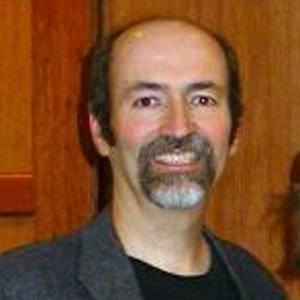| In Memoriam: Mark Tristan Fondrk 1951 — 2010 |
|
| Mark became destined to love music when he got his his middle name from his opera-buff father. After growing up in small towns outside Cleveland, Mark worked a series of odd jobs in the Appalachian foothills of southeast Ohio and West Virginia. One job was repairing and building stringed instruments, and he made five dulcimers and three banjos. He even found Stewart-MacDonald in their early incarnation, secluded out on a country road. Mark’s interest was not just in music or instruments, but in physics and acoustics, whether applied to banjos and dulcimers or to guitars, violins, percussion instruments, or even bells. This led him to study sound and vibration by means of mechanical engineering. He kept going all the way through a PhD, specializing in computer-aided analysis and design. Real life took over and he worked in industry for the next thirty years, dealing with mechanical seals, video display tubes, computer chip housings, and micromechanical electrical systems. In 2004, Mark decided to get back to the reason he studied engineering in the first place. He went into business for himself, planning to use his engineering analysis skills to design and build classical guitars according to acoustical principles. He attended the Guild of American Luthiers convention that summer and used many of its publications as references. Mark started from the beginning: researching acoustics; designing the guitar; developing test equipment; reading about strengths of materials, woods, glues, and polish; and constructing widgets and fixtures. Unfortunately, Mark was diagnosed with cancer in 2006. The disease and its treatments left him with little time or energy to keep working on guitars. He got only as far as cutting out a soundboard with a rosette before he died. We will never get to hear how his finished guitar would have sounded. Mark’s equipment was lightly used, but filled with hopes and dreams. He asked that the Guild of American Luthiers help get his books, tools, fixtures, and wood to people who would appreciate them and use them. He would be happy to know that they will finally be used to construct beautiful instruments. |
Top of Page |

